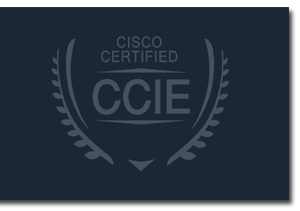Opportunity to work with Cisco Partners
CCIE Routing and Switching Training
If you are interested taking CCIE Course then get in touch using the contact us form or you can directly email us at info.cyberworldacademy@gmail.com or use the phone numbers to contact us. Call Now (+91) 9081006788
CCIE R&S certifies and validates the skills required by experts for configuring and troubleshooting complex and converged network infrastructure. CCIE Routing and switching training bundle at CWA offers cost effective and renowned training resources to meet the industry standards and make the students market fit.

The expert level CCIE Routing and Switching certification recognizes ones knowledge and experience in network infrastructure technologies. The training at Cyber World Academy allows the participants to work on the Racks, real time CISCO devices. CCIE R&S ensures the trainees to gain technical expertise to help improve network uptime, increase user productivity and provide for business agility in the organization they get employed for.
The Cisco Certified Internetwork Expert (CCIE) Routing and Switching certification was introduced to assist the industry in identifying the top stratum of internetworking experts worldwide and to assess Expert-level infrastructure network design skills worldwide. CCIE is a reputed and most prestigious certification one can ever possess in the field of networking domain.

